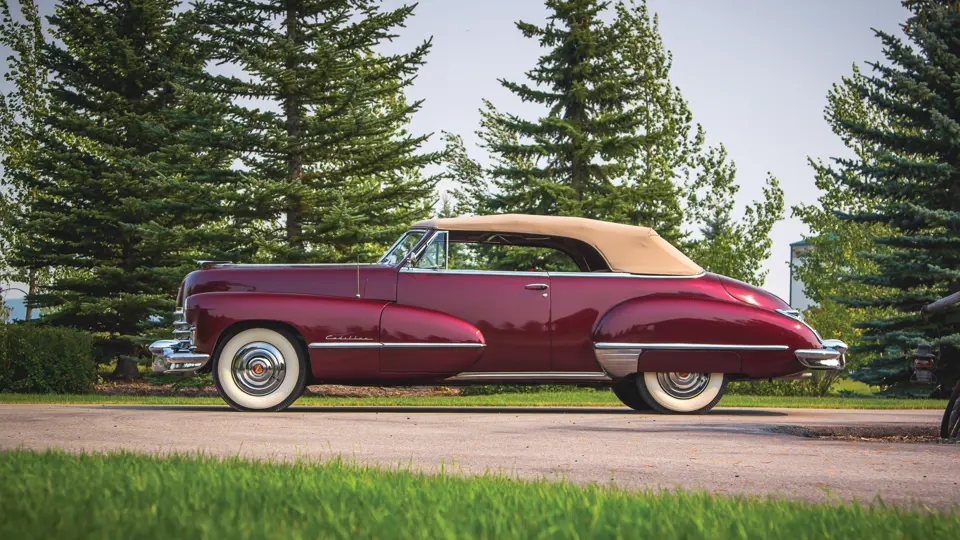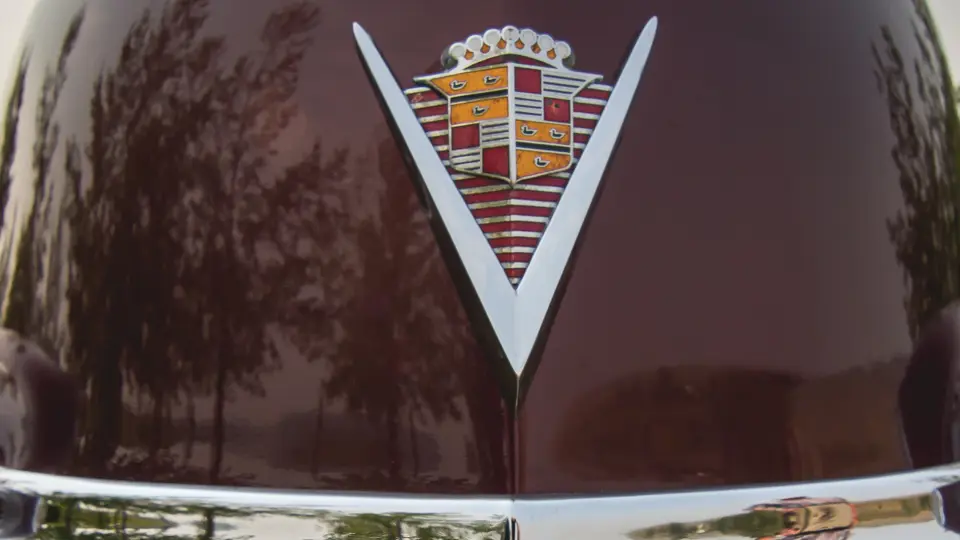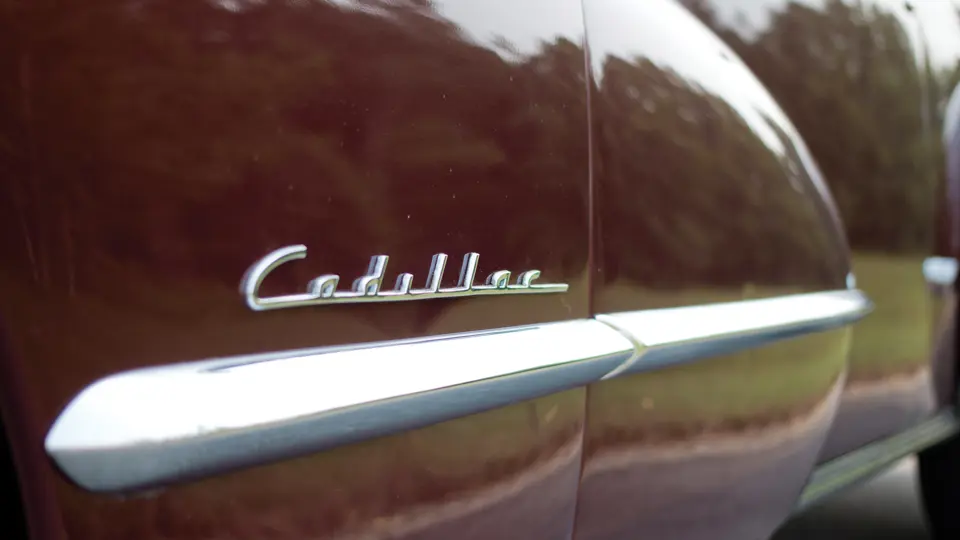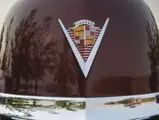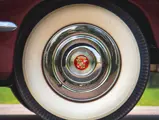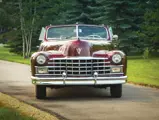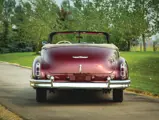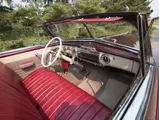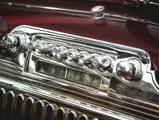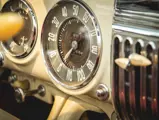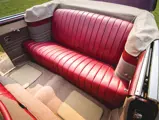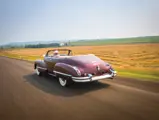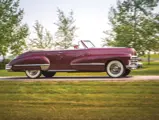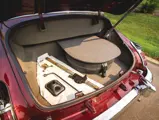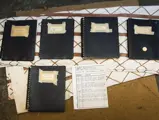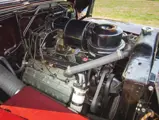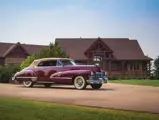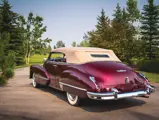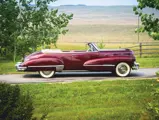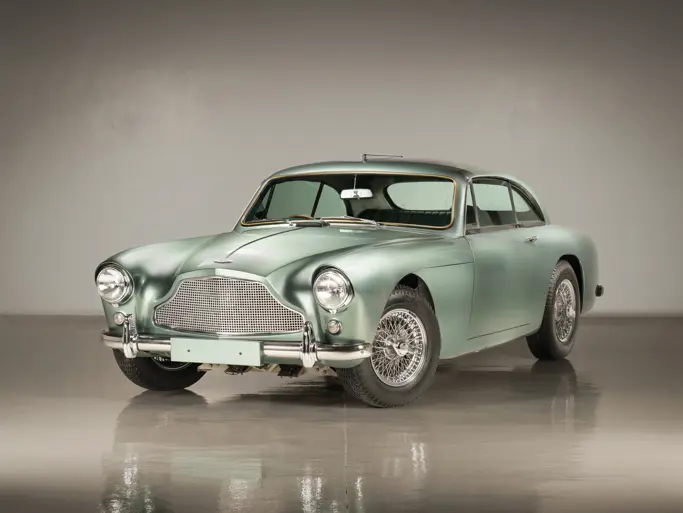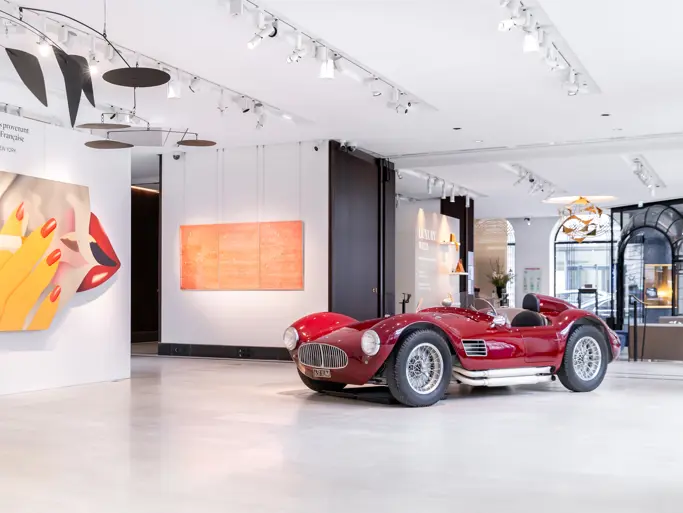150 bhp, 346 cu. in. L-head V-8 engine, four-speed Hydra-Matic transmission, coil-spring independent front suspension, live rear axle with semi-elliptical leaf springs, and four-wheel hydraulic brakes. Wheelbase: 129 in.
When Cadillac resumed production of passenger cars after World War II, it advertised them as “Battle Powered” with “Victory” engines. All automobile manufacturers halted their assembly lines by February 1942, but none of them remained idle very long. All factories were converted to manufacture war material, but while most companies made aircraft parts or guns, Cadillac had the enviable position of keeping its engine production going in order to turn out tanks. Cadillac’s first M5 tank was delivered to the army in April 1942, being powered by two Cadillac V-8s with Hydra-Matic transmissions, with one driving each track. In all, the division built six types of tanks and gun carriers, accumulating to some 12,000 fighting vehicles by the time hostilities ended in 1945.
Having its engine plant up and running gave Cadillac an advantage when automobile manufacture was allowed to resume, with its first 1946 model, which was built on October 17, 1945, being one of the earliest at GM. Just as the 1946 models were a modest makeover of the pre-war ’42s, the 1947s that were introduced that January were a subtle freshening of the ’46s. There was more brightwork and modest grille and trim changes. The bold “egg crate” grille had one fewer horizontal bar, and parking lights became small round units, unless optional fog lamps were ordered. Rear fender shields, which were rubber on the ’46s, were now made of stainless steel. Particularly noticeable were the large optional “Sombrero” wheel covers. These were so named for their resemblance of the iconic Mexican hat, with their deep-dish brim and a raised center section with the red Cadillac crest. These quickly became a favorite of hot rodders, as well as Cadillac owners, and it remained on the parts list into the 1950s. Hydra-Lectric window lifts became standard equipment in 1947 on Series 75 Fleetwoods and the Series 62 Convertible, which was the only soft-top. Convertible production of 6,755 cars in 1947 helped Cadillac's total sales of 61,926 surpass Packard as the best-selling American luxury car.
This 1947 Cadillac Convertible Coupe was shipped on December 17, 1947, to Randall Cadillac Corporation in Brooklyn, New York. Its early history is unknown, but the current owner purchased it in 1981 in British Columbia, Canada. It had not been driven for some time, but it was in very good condition, having been stored under amenable conditions. It was made roadworthy and driven occasionally for the better part of a decade.
Once it was decided that the car would be restored, the owner began researching its original specifications and sought out materials and specialists to return it to factory condition. The upholstery and paint, in particular, were done in accordance with the factory firewall tag. With the body off, the car was stripped and painted in correct Madeira Maroon. Attention was paid to every nut and bolt, with some work being done by the owner and other tasks contracted out. In 1994, it was ready for assembly, which took place over several months. It was driven home in 1995, where the owner completed some minor details. It has been driven about 250 miles since completion.
The car is equipped with a Hydra-Matic transmission, radio, under-seat heater, wide whitewall tires, and the coveted Sombrero wheel covers. The Hydra-Lectric window lifts and power top, of course, were standard. It is accompanied by four manuals, a wiring diagram, a jack, the wheel wrench, and a spare tire.
This excellent convertible is a fine example of Cadillac’s only open body style for 1947, and it is bound to please its new owner.




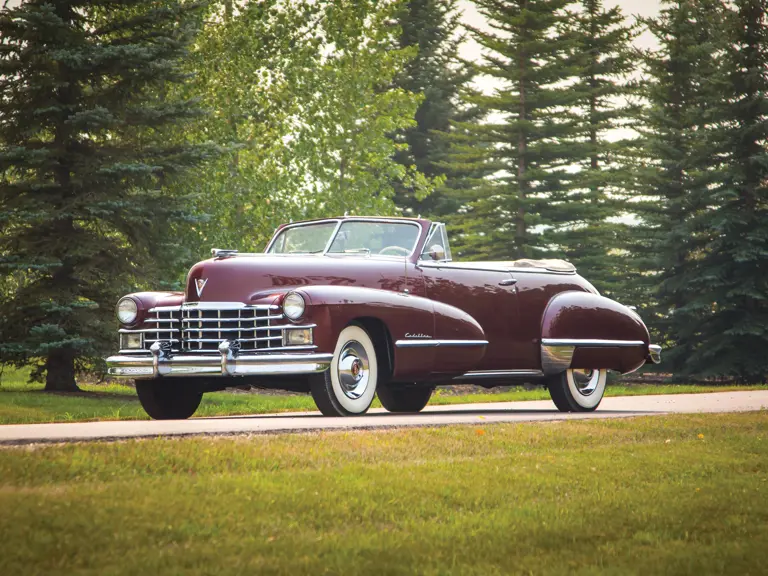

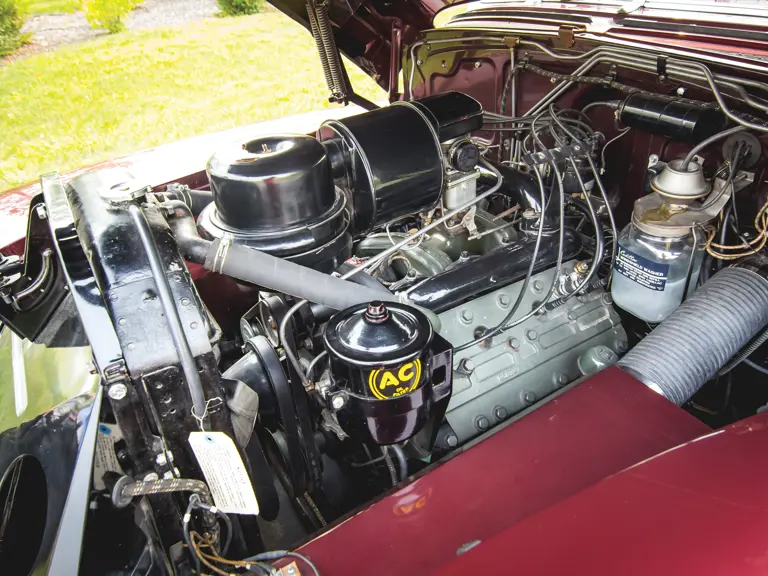
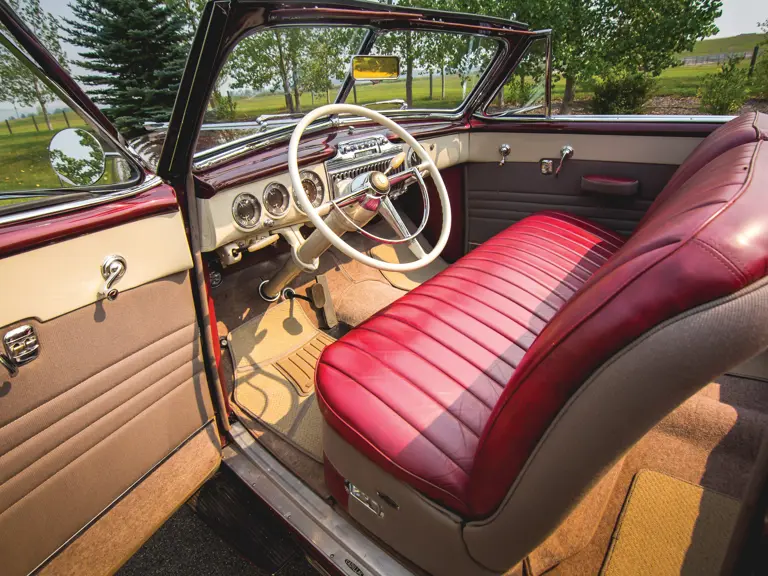
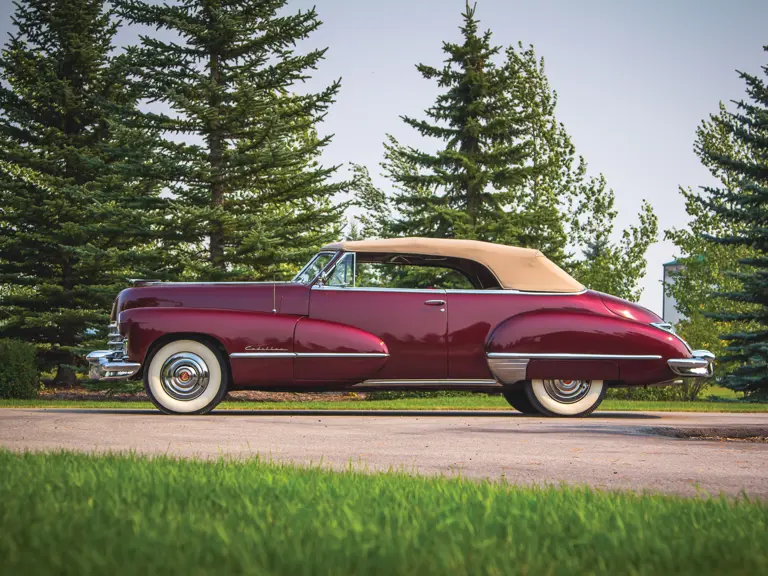
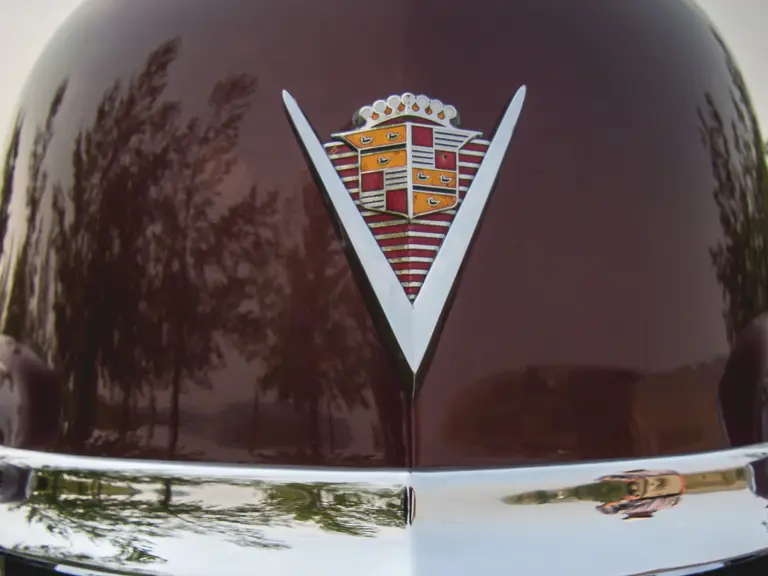
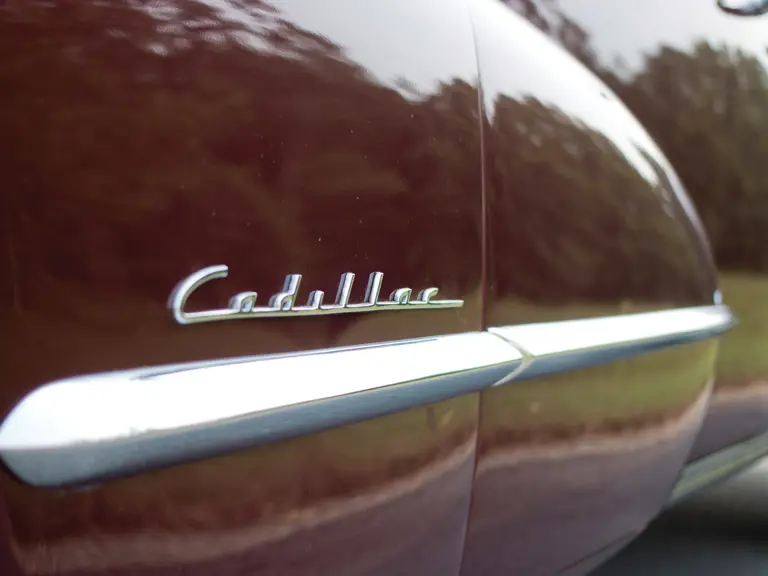
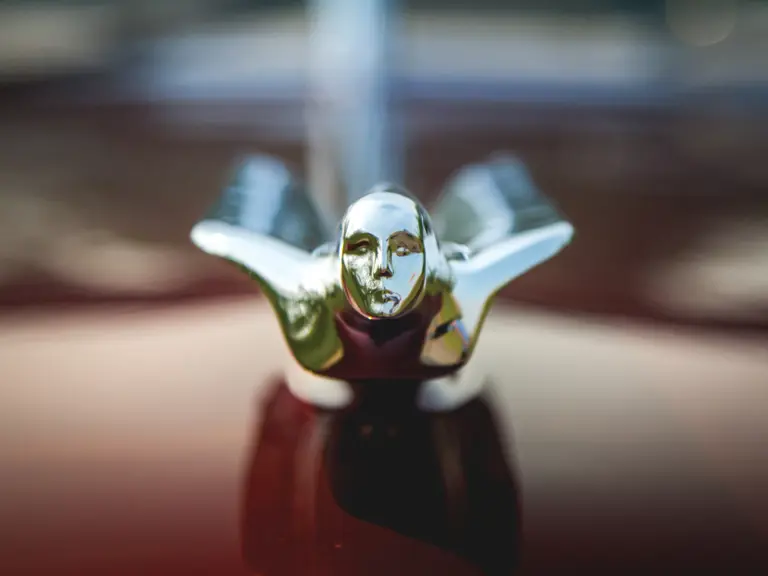




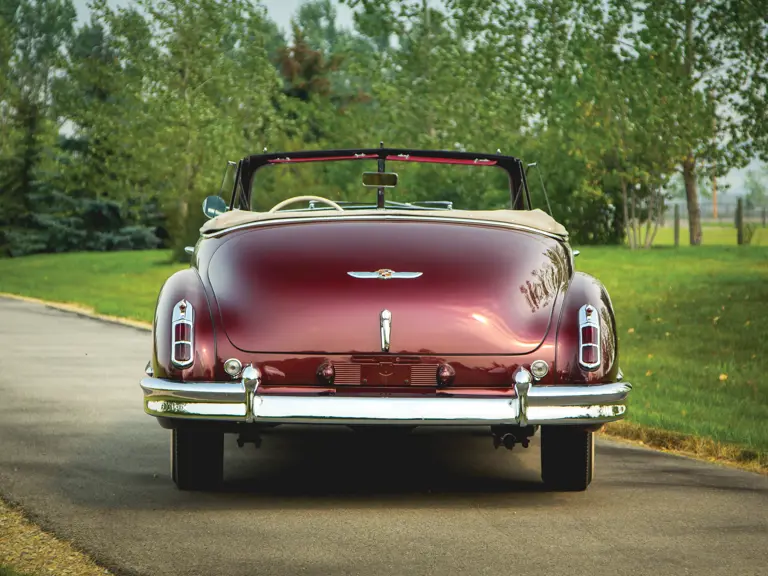
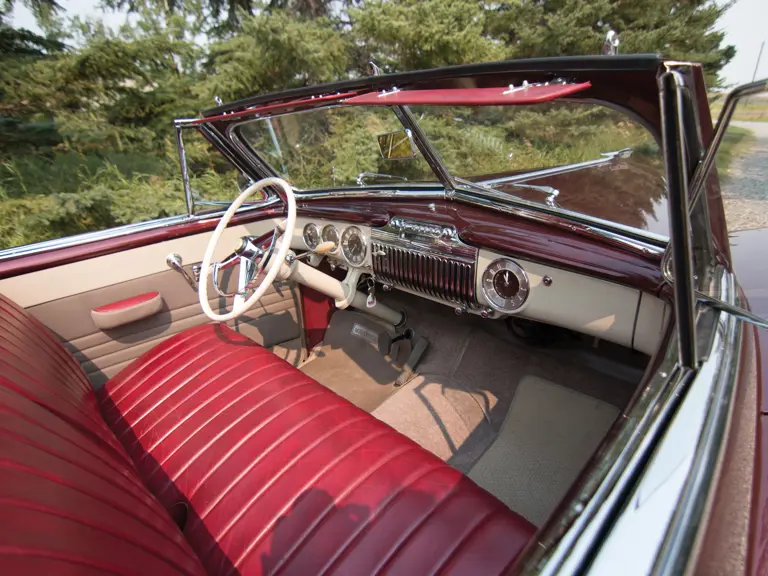
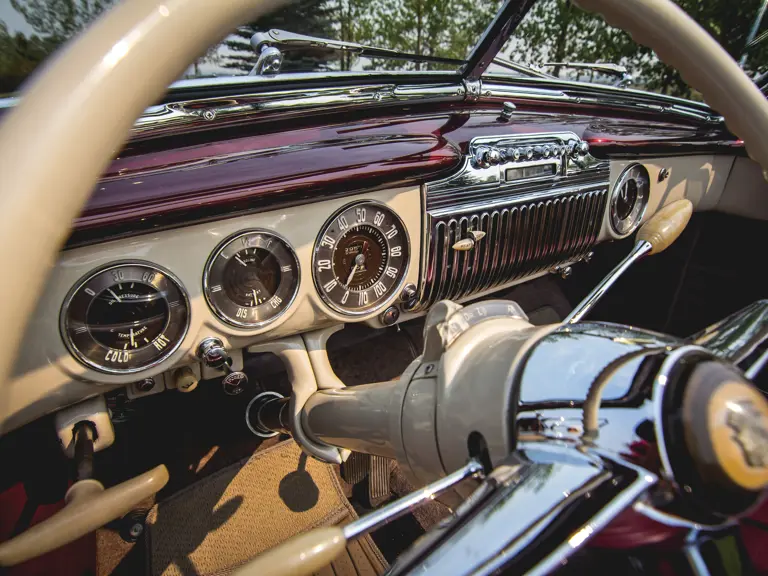
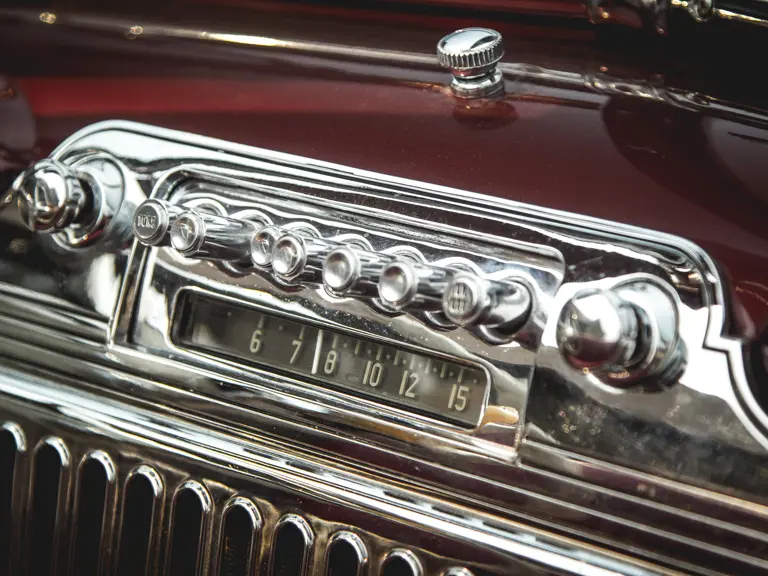
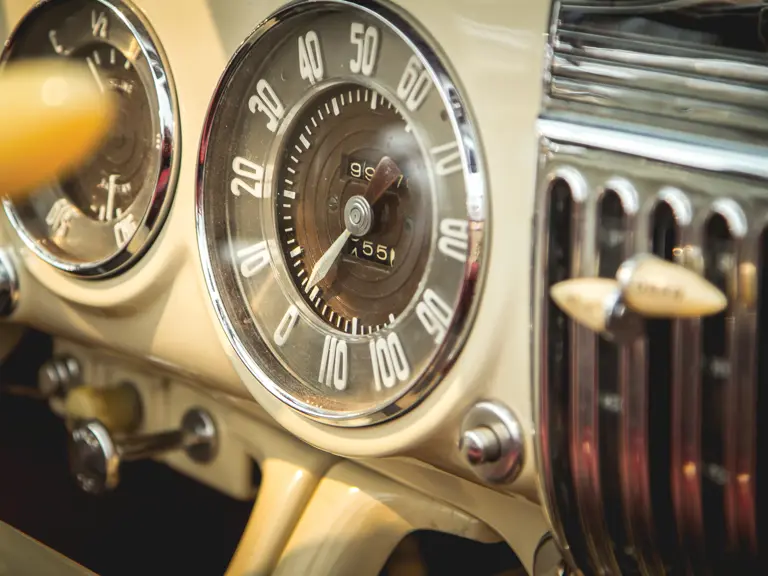
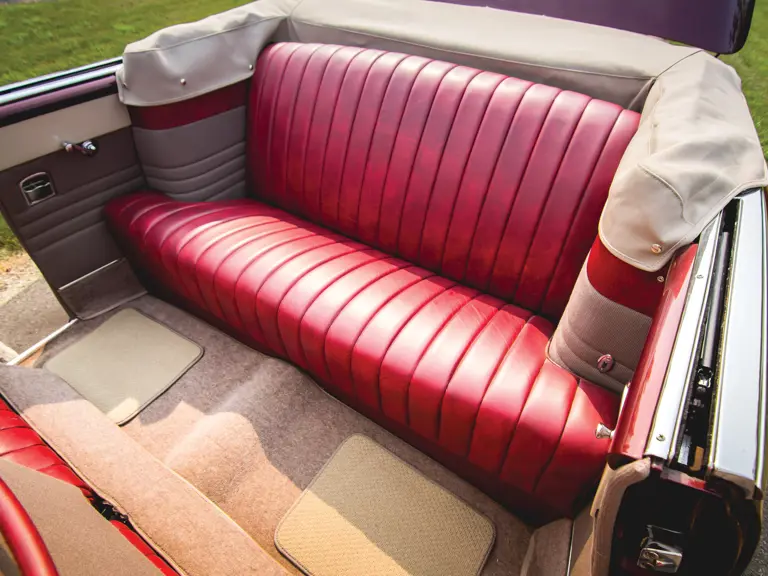
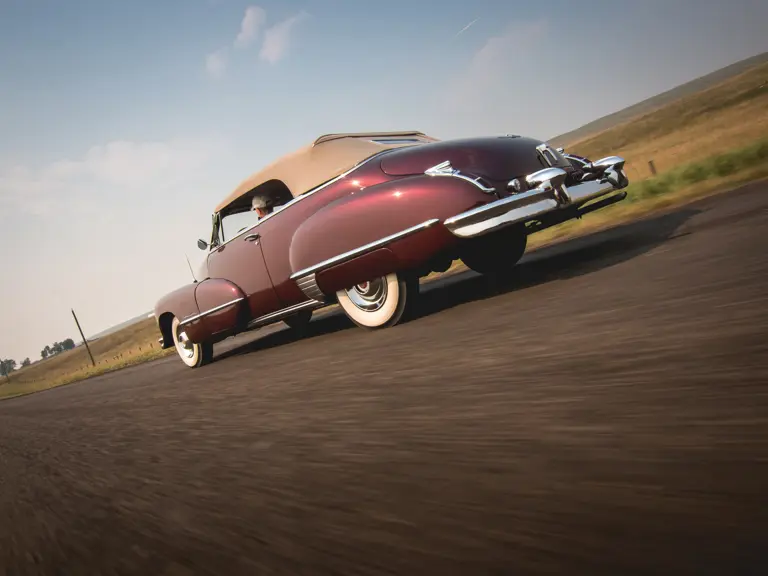

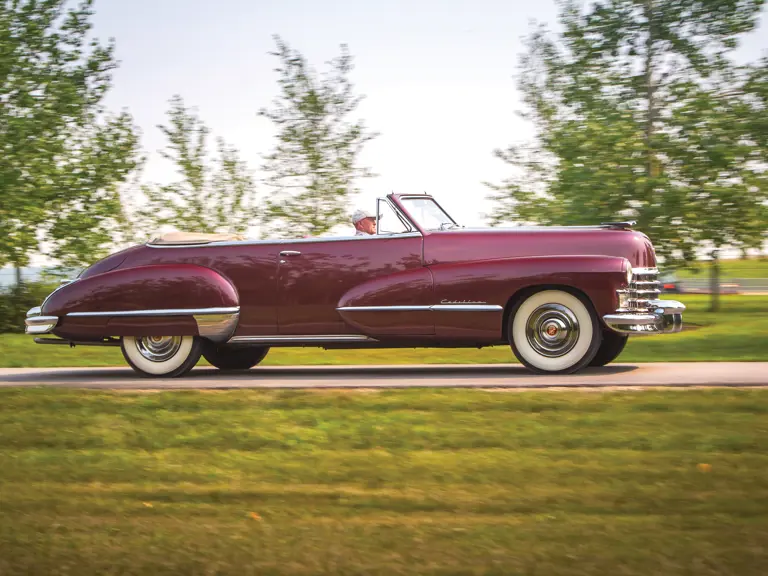
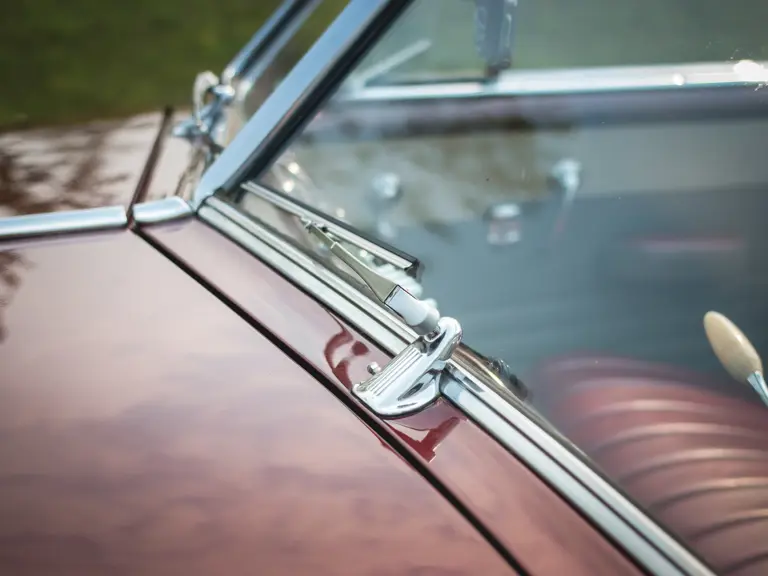
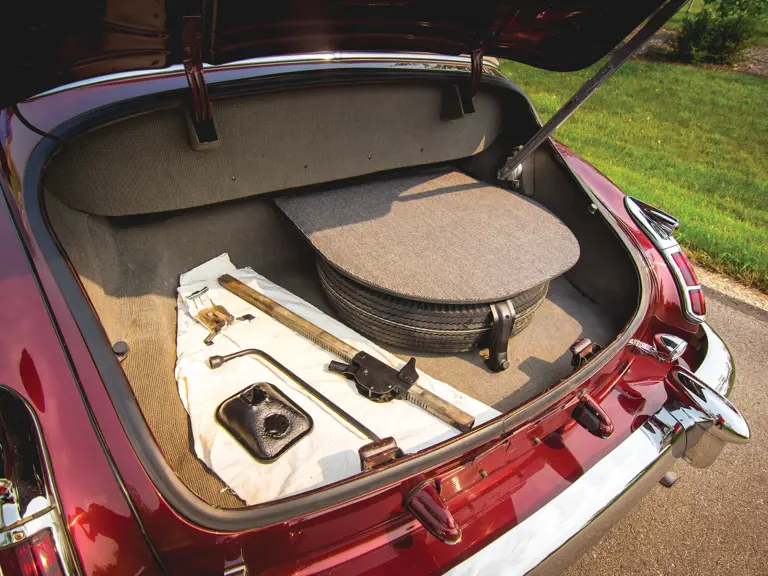
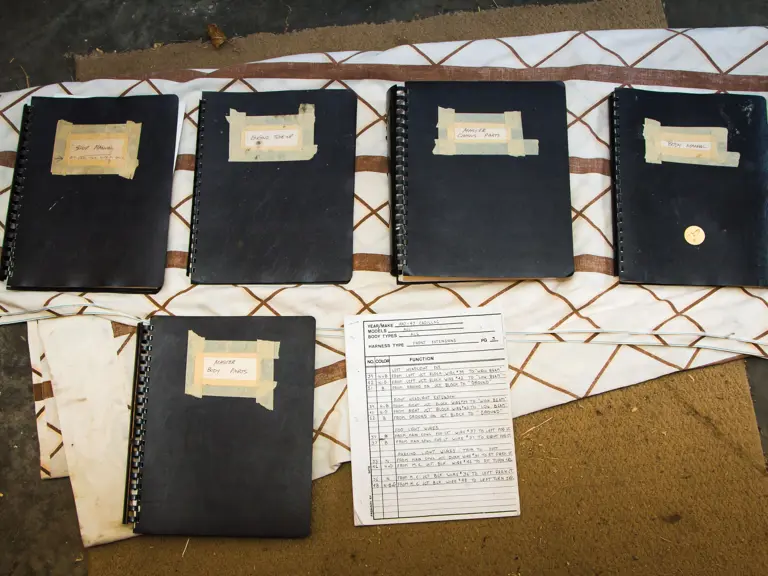
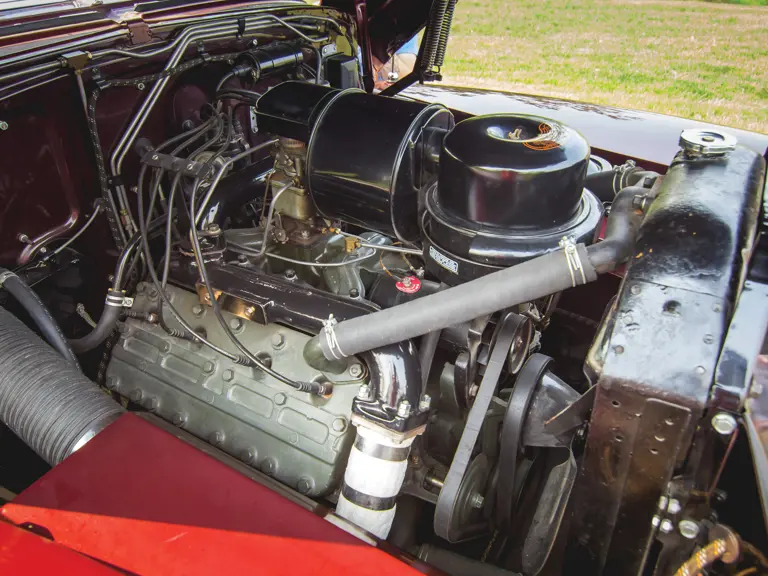

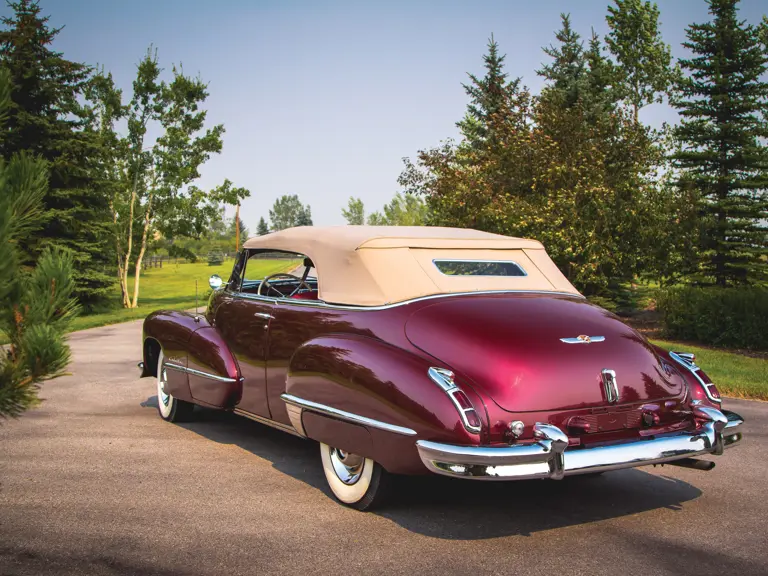
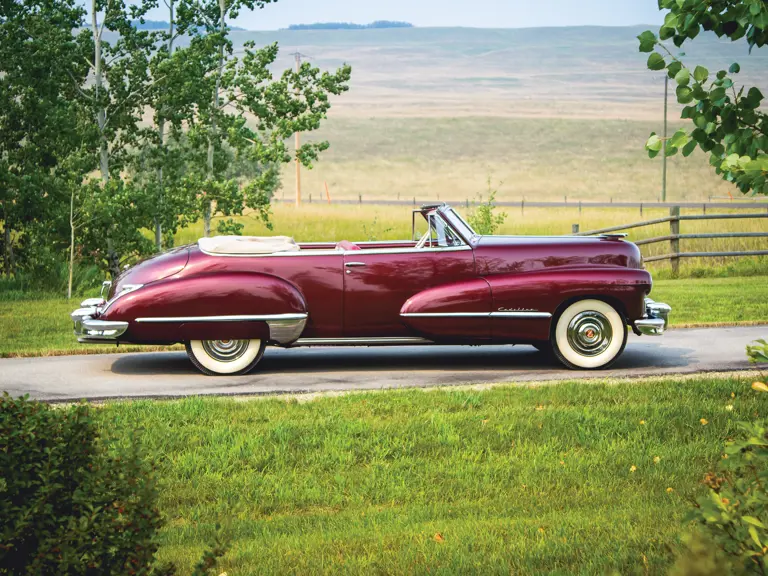
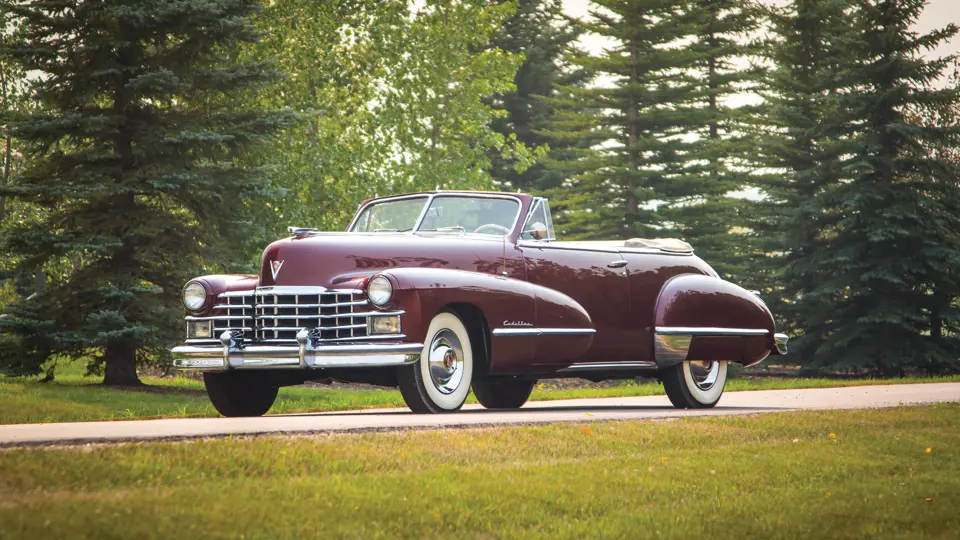
 | Hershey, Pennsylvania
| Hershey, Pennsylvania
